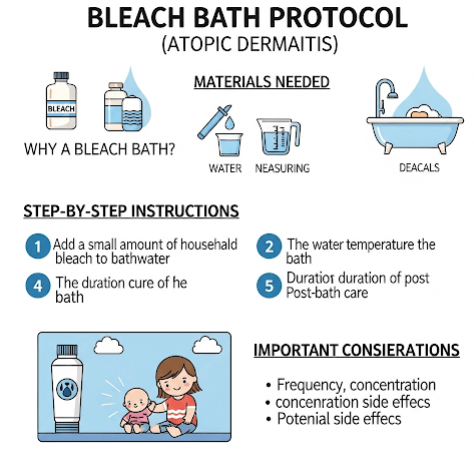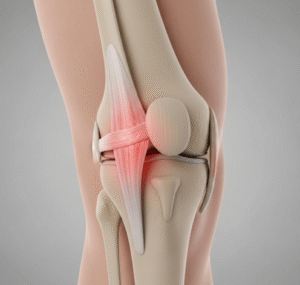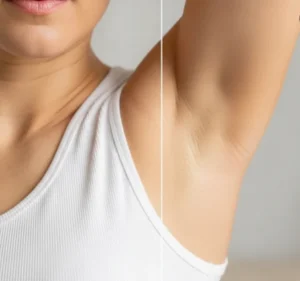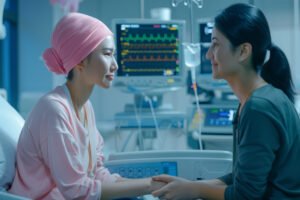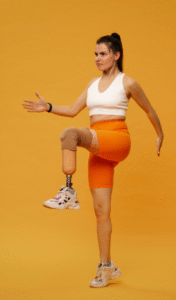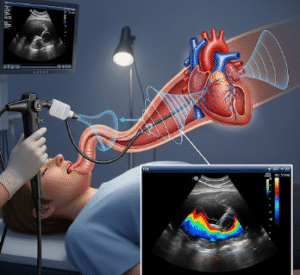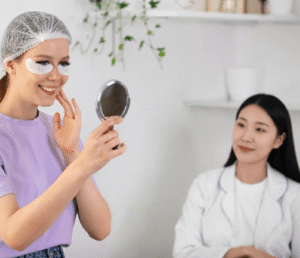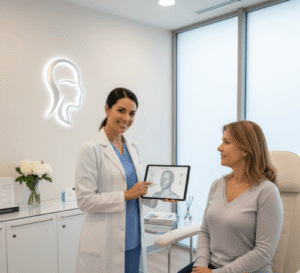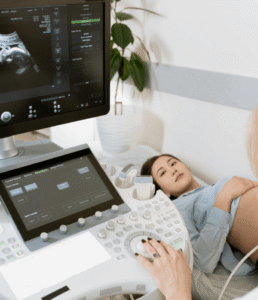What it is
Bleach bath therapy in Korea is a supportive dermatological protocol used for atopic dermatitis (AD) patients with frequent skin infections or severe flare-ups.
The treatment involves soaking in a diluted household bleach solution (sodium hypochlorite) to gently disinfect the skin, reduce Staphylococcus aureus colonization, and decrease inflammation.
→ In Korea, bleach bath therapy is recommended in dermatology clinics, pediatric allergy centers, and eczema care programs as part of a comprehensive atopic dermatitis management plan.
• It is not a primary treatment, but an adjunct to moisturizers, topical steroids, or calcineurin inhibitors.
• Especially useful for children with recurrent skin infections due to eczema.
Why it’s done
Patients in Korea use the bleach bath protocol for:
→ Reducing bacterial colonization → Helps prevent recurrent infections that worsen eczema.
→ Controlling flare-ups → May reduce inflammation by lowering bacterial triggers.
→ Enhancing effectiveness of other therapies → Allows topical steroids and moisturizers to work better.
→ Safe long-term prevention → When used correctly, it is safe for repeated use.
→ Lowering antibiotic use → Reduces reliance on oral or topical antibiotics.
Alternatives
Other supportive treatments for AD include:
• Regular emollient baths → Hydrates and soothes skin without antibacterial effect.
• Wet-wrap therapy → Provides rapid relief during severe flares.
• Topical antiseptics → Chlorhexidine washes, povidone-iodine, or mupirocin.
• Phototherapy (NB-UVB) → For chronic severe eczema.
• Systemic therapies → Biologics (dupilumab), JAK inhibitors, or immunosuppressants.
→ Bleach baths are preferred for low-cost, at-home infection control with minimal side effects.
Preparation
Before starting bleach bath therapy in Korea, preparation includes:
- Dermatologist consultation → Confirms suitability (not for patients with open wounds or chlorine sensitivity).
- Detailed instructions → Korean doctors emphasize precise dilution to prevent irritation.
- Materials → Regular household bleach (unscented, plain sodium hypochlorite, usually 6%).
- Patient education → How to prepare, frequency, and safety tips explained.
→ Parents of children with AD are often taught step-by-step bathing protocols in Korean hospitals.
How it’s done
Standard bleach bath protocol in Korea:
- Fill the bathtub → With lukewarm water (~150 L, about half a tub).
- Dilution → Add 120 mL (½ cup) of 6% household bleach to achieve ~0.005% final concentration.
- Ratio: 1 teaspoon (5 mL) bleach per 4 liters water.
- Mix thoroughly → Ensure even distribution.
- Soaking → Patient soaks for 10–15 minutes, keeping head above water.
- Rinse (optional) → Some protocols rinse lightly with fresh water; others recommend leaving solution on.
- Moisturization → Pat dry gently and immediately apply emollient or prescribed cream.
- Frequency → Typically 2–3 times per week, depending on severity.
→ Korean clinics may adapt concentration or frequency for children, adults, or severe infections.
Recovery
Recovery and maintenance with bleach bath therapy is simple:
• Improvement → Reduced redness, itching, and infection risk often within 2–4 weeks.
• Barrier repair → Works best when combined with daily moisturization.
• No downtime → Children and adults can continue normal routines.
• Long-term use → Safe for months to years if monitored.
→ Families in Korea often integrate bleach baths as part of weekly AD home management.
Complication
While generally safe, risks include:
- Skin dryness or irritation → If bleach is too concentrated or used too often.
- Eye stinging → If bathwater contacts the eyes.
- Worsening eczema → Rare, but possible in patients with very sensitive skin.
- Bleach sensitivity → Some patients may develop irritation or contact allergy.
→ Korean dermatologists minimize risks by strictly teaching dilution ratios and emphasizing moisturization afterward.
Treatment option in Korea
Korea offers well-structured bleach bath protocols as part of AD care:
→ Dermatology and pediatric allergy centers → Provide education and supervision for families.
→ Customized eczema programs → Combine bleach baths with wet-wraps, NB-UVB, and biologics if needed.
• Barrier-focused care → Korean eczema management integrates ceramide creams, mild cleansers, and probiotics.
• Parent education workshops → Hospitals often train caregivers on safe AD bathing routines.
• Medical tourism → Families from abroad visit Korea for integrated pediatric eczema programs combining medical and lifestyle care.
→ With its precise dilution protocols, holistic skin barrier focus, and strong patient education, bleach bath therapy in Korea is a safe and effective adjunct for atopic dermatitis management.

